The competition of Chinese TV display technology is no less subtle than that of the Internet, and it has reached a stage of white fever. With the advantages of self-illumination, the rising OLED has captured a large wave of color TV manufacturers from both home and abroad. Trends, however, are affected by good product rates and development is not satisfactory. In order to break this stalemate, Hisense has launched a high-profile ULED TV and put forward the “high dynamic range, high color gamut, high-definition, high-movement fluency†image quality goals, and laid out laser televisions to break through the constraints of large-size display. 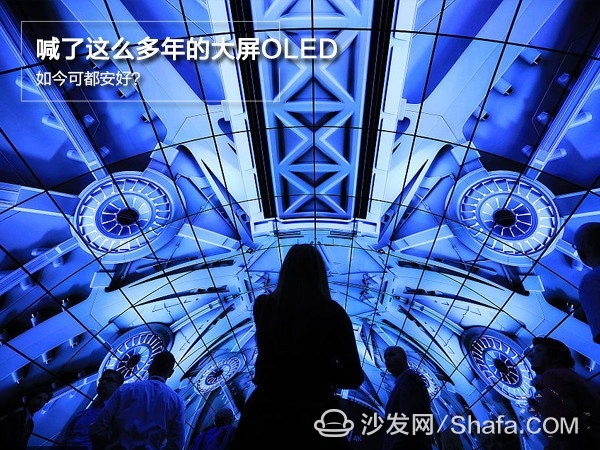
At one point, it provoked wars of layers of saliva, and it was supported by some people. Some people also thought that it was a "snapping of eggs with eggs." Have to admit that ULED TV through the system's hardware and software optimization, in a high contrast, high color gamut, high-definition and faster speeds, but whether it can stand the test of the market? Is ULED a gimmick, or is it the overlord of the last corner to become the overlord of display technology?
OLED has a strong momentum. Little water splashes have no direct bearing on the market reaction. The technology that boasts of heaven will not be recognized by consumers if it cannot stand the test of the market. It is destined to be eliminated by the market. In the promotion season of Golden 9 Silver 10, it is ultimately the competition of major brand manufacturers, and it is exactly the competition between OLED and ULED. According to data from Zhongkang, during the National Day, ULED accounted for a higher proportion of sales, especially in the high-end market. There are numerous OLED camp brands, and the group has been aggressively promoting sales. The sales volume is not satisfactory, compared with ULED. There is a gap. During Golden Week, Hisense ULED TV sales reached 17035 units, a year-on-year increase of 71.5%. The overall sales of the OLED camp is 4967 units, although the growth rate of more than 200%, but sales of less than 1/3 of Hisense ULED sales.
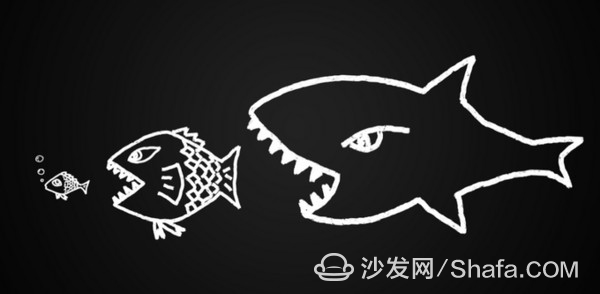
The current 55-inch market is the best size segment that the market has sold in recent years. The performance in the large-size market of 55 inches and above reflects the current strength of the color TV brand, and to a large extent determines the future trend of competition. Compared with the 55-inch color TV sales, Hisense has an exclusive market share of 19.8%, far behind other manufacturers. In the 55-inch market, the share of OLED TV sales was only 2.18 percent, while the ULED TV sales share reached 6.06%. In other words, ULED TV has firmly grasped the share of the mainstream market. Hisense uses its sales volume and sales to once again defend its position as a domestic color TV manufacturer and stabilizes its domestic color TV.
OLED large-screen ribs are obviously OLED is the abbreviation of Organic Light-Emitting Diode (organic light-emitting diode), a pixel-free self-luminous TV technology does not rely on the backlight, OLED is the organic material in the active stimulation under the electric light, producing RGB three primary colors, Combining color, because the characteristics of self-luminescence, in theory, the color is better than ordinary LCD TVs, and in fact, the OLED TV on the market is to achieve mass production through the preparation of white OLED, rather than the active light of the three primary colors, there is a reduction in color, The problem of increased energy consumption and high prices, and the complexity of the process led to a very low yield rate, which is also a point that OLED camp vendors do not want to mention.
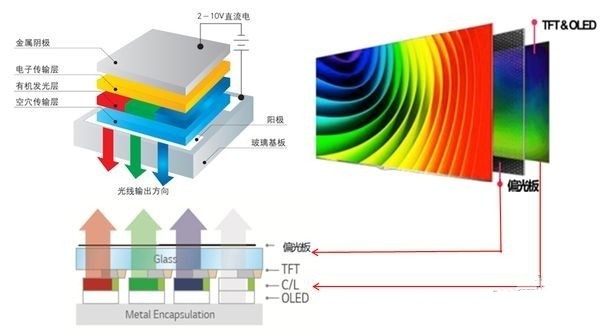
Although OLEDs on the big screen have always been unsatisfactory, they are very eye-catching on small screens. In the past two years, mobile phones, laptops, and smart watches have begun to grab OLED resources. Due to the higher update rate and smaller screen size of such consumer electronics products, lifespan, yield, and stability are not a problem. Colorful, OLEDs that can be curved surfaces have become one of the biggest selling points of this type of product.
High manufacturing cost and low production capacity have become the pain points for OLEDs. The lack of capacity supply has been the core reason why OLED TVs cannot be rapidly popularized in the market. Although the current supply of OLED screens for small screens such as mobile phone tablets is already mature, large-screen OLEDs are The supply has been delayed by about one million. Take LGD, the main supplier of OLED TV panels, as an example. In 2017, the production capacity will be between 1.5 million and 1.8 million, and it is expected to expand to 3 million in 2018. However, this capacity is only 200 million units, a small fraction of the global color TV market size.
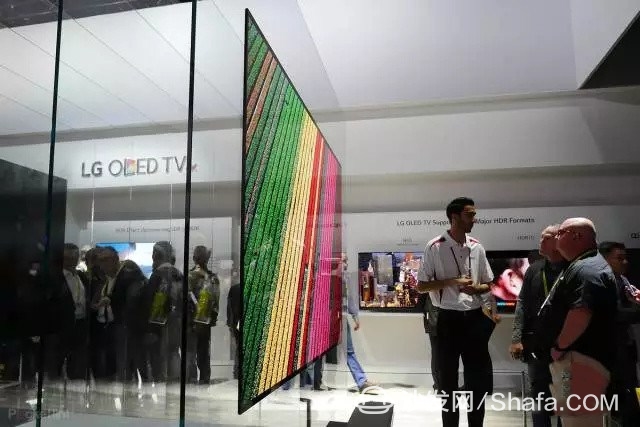
At the same time, the global large-screen OLED panel manufacturing and supply rely on LGDisplay, other companies have not yet formed a large-scale actual production capacity, forming a certain technical monopoly. The domestic panel giant BOE once teamed up with Skyworth to launch a safe and autonomous OLED TV, but did not mass-produce its OLED large-screen panel. If OLED is the future of display technology, only from the current point of view, it is still a long way to go to completely replace the traditional LCD large-screen panels, and the price, production capacity, and service life are the roadblocks for OLED TV development.
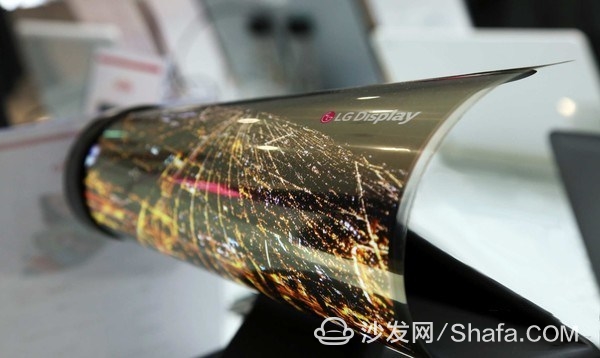
On the other hand, Cheng Jiejin's "ULED", ULED and OLED, though they only had one letter, was different from OLED. U here means Ultra. The display quality technology introduced by Hisense is mainly for LCD TVs and e-health. With multi-zone independent backlight control and Hiview Art Deco engine technology, the traditional LED display has been greatly improved in terms of color gamut, contrast, and response speed. The research report of Southeast University shows that ULED's five key indicators such as peak brightness, dynamic contrast, color gamut coverage, and power consumption are significantly better than OLEDs, and the three indicators of black field brightness, horizontal and vertical pixels are equivalent to OLED performance.
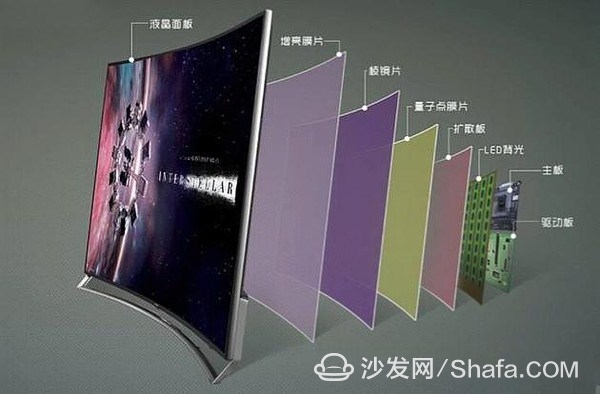
It can be said that the ULED backlight technology and image algorithm innovation, coupled with the application of new liquid crystal display technologies such as quantum dots and 4K, have made OLED's advantage in its dynamic contrast and color performance no longer exist. The high-definition liquid crystal display technology represented by ULED still has room for development. The maximum peak luminance of ULED can reach more than 1000 nits under limited power, and it can realize a larger HDR range. The dynamic contrast of the image is higher and more realistic and clear. Reproduce the display content.
Sniper OLED, layout of laser TV After 10 years of development, laser television has been hailed as the fourth generation of display technology beyond CRT, LCD, LED TV. With a large screen, it may be the best choice for future consumers in the large living room. Laser TVs include screens, consoles, and stereos. The role of the screen is similar to that of a screen. Not only does it require no power supply. Compared to ordinary projection TVs, Hisense laser TVs can also see clear images in bright environments. Ultra-short-focus 4K laser television with DLP scheme, because its imaging principle is similar to that of a movie theater, the effect of watching with a large screen will be even more shocking.
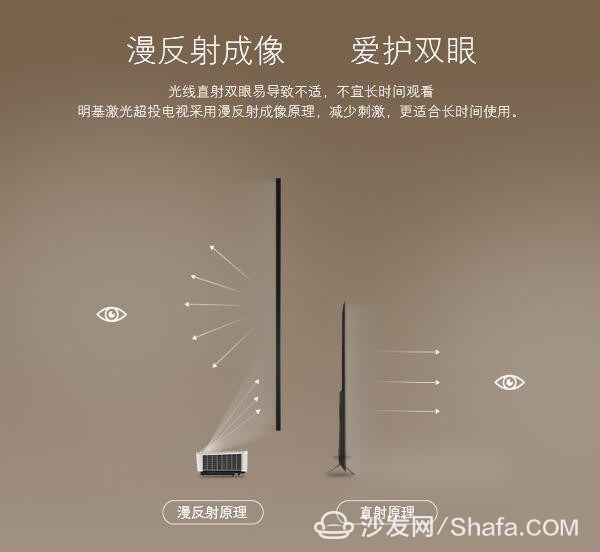
Compared with LCD TVs, laser TVs are more cost-effective in the large-screen market. For laser television, the change in the size of the large screen is only the increase or decrease of the screen. From the perspective of raw materials, this has little effect on the cost. If the screen of LCD TVs is increased by one inch, manufacturers will have to develop a new production line, and the cost of input will be calculated in billions.
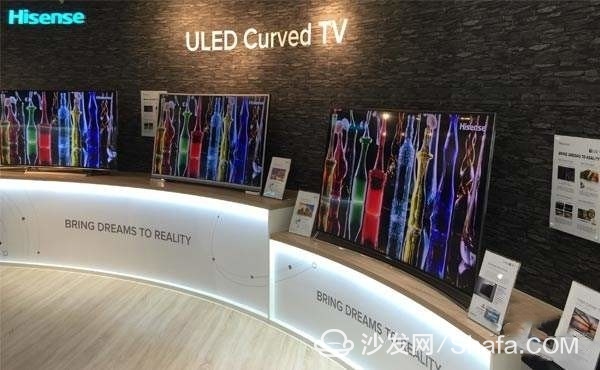
Not only Hisense, Changhong, Konka, TCL and other domestic traditional color TV brands have joined or intend to deploy laser television. Hisense's core design of the laser engine's optical engine has attracted a lot of domestic manufacturers to invest in the cooperation, from the thriving one of Hisense's laser television, to a new generation of display technology camps where all the brands have joined hands. For consumers who want to choose 65-inch or larger large-screen TVs, Hisense laser TVs have an irresistible temptation.
Smart TV/box information can focus on smart TV information network sofa butler (http://), China's influential TV box and smart TV website, providing information, communication, TV boxes, smart TVs, smart TV software, etc. Answering questions.

OLED has a strong momentum. Little water splashes have no direct bearing on the market reaction. The technology that boasts of heaven will not be recognized by consumers if it cannot stand the test of the market. It is destined to be eliminated by the market. In the promotion season of Golden 9 Silver 10, it is ultimately the competition of major brand manufacturers, and it is exactly the competition between OLED and ULED. According to data from Zhongkang, during the National Day, ULED accounted for a higher proportion of sales, especially in the high-end market. There are numerous OLED camp brands, and the group has been aggressively promoting sales. The sales volume is not satisfactory, compared with ULED. There is a gap. During Golden Week, Hisense ULED TV sales reached 17035 units, a year-on-year increase of 71.5%. The overall sales of the OLED camp is 4967 units, although the growth rate of more than 200%, but sales of less than 1/3 of Hisense ULED sales.

OLED large-screen ribs are obviously OLED is the abbreviation of Organic Light-Emitting Diode (organic light-emitting diode), a pixel-free self-luminous TV technology does not rely on the backlight, OLED is the organic material in the active stimulation under the electric light, producing RGB three primary colors, Combining color, because the characteristics of self-luminescence, in theory, the color is better than ordinary LCD TVs, and in fact, the OLED TV on the market is to achieve mass production through the preparation of white OLED, rather than the active light of the three primary colors, there is a reduction in color, The problem of increased energy consumption and high prices, and the complexity of the process led to a very low yield rate, which is also a point that OLED camp vendors do not want to mention.

High manufacturing cost and low production capacity have become the pain points for OLEDs. The lack of capacity supply has been the core reason why OLED TVs cannot be rapidly popularized in the market. Although the current supply of OLED screens for small screens such as mobile phone tablets is already mature, large-screen OLEDs are The supply has been delayed by about one million. Take LGD, the main supplier of OLED TV panels, as an example. In 2017, the production capacity will be between 1.5 million and 1.8 million, and it is expected to expand to 3 million in 2018. However, this capacity is only 200 million units, a small fraction of the global color TV market size.



Sniper OLED, layout of laser TV After 10 years of development, laser television has been hailed as the fourth generation of display technology beyond CRT, LCD, LED TV. With a large screen, it may be the best choice for future consumers in the large living room. Laser TVs include screens, consoles, and stereos. The role of the screen is similar to that of a screen. Not only does it require no power supply. Compared to ordinary projection TVs, Hisense laser TVs can also see clear images in bright environments. Ultra-short-focus 4K laser television with DLP scheme, because its imaging principle is similar to that of a movie theater, the effect of watching with a large screen will be even more shocking.


Smart TV/box information can focus on smart TV information network sofa butler (http://), China's influential TV box and smart TV website, providing information, communication, TV boxes, smart TVs, smart TV software, etc. Answering questions.
As a basic optical element, single line lens is usually used in engineer's design and further assembly work for various applications such as imaging collimation. Our manufacturing capabilities cover flat convex / concave, double concave, double convex, positive and negative meniscus, from optical glass and fused quartz and even crystals. With our reliable coating technology, AR or V coatings can be applied to achieve the expected results. Special treatment, i.e. edge blackening / special packaging / labels can also be provided on request.
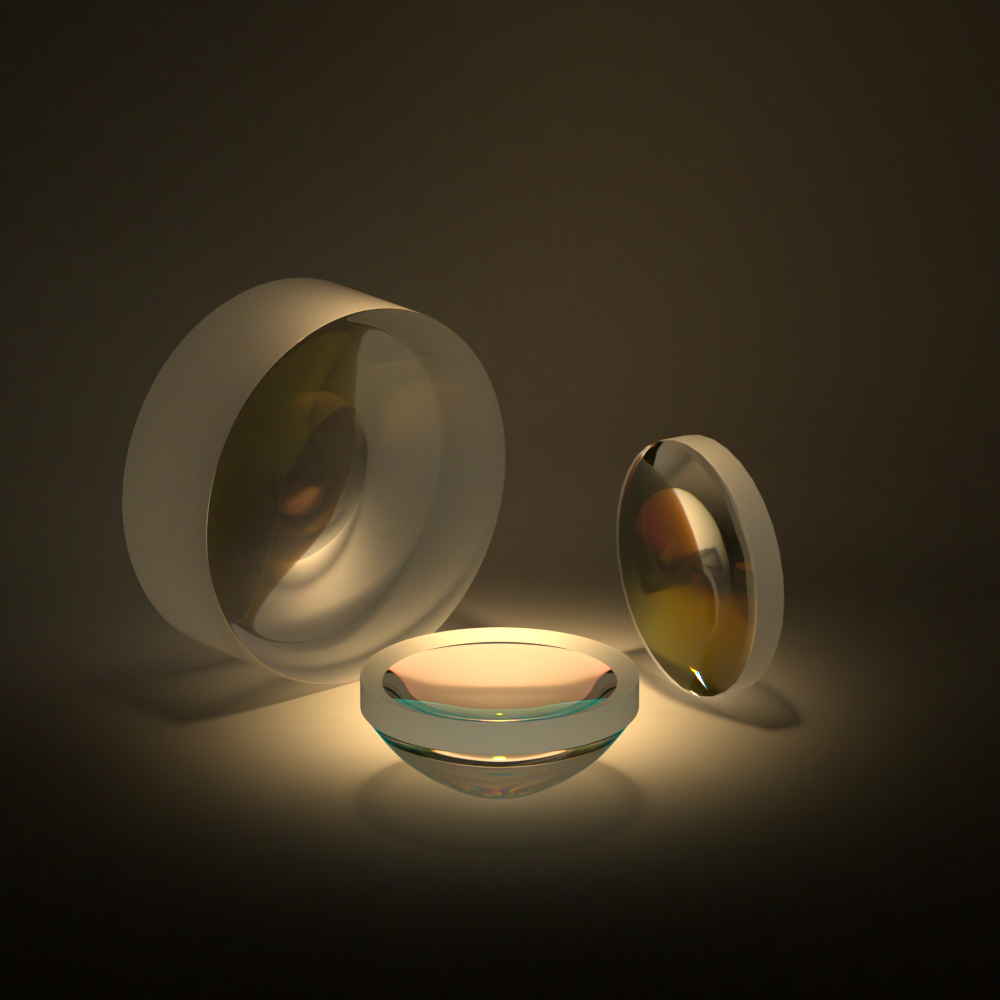
Spherical Lenses,Plano Convex Lens,Biconvex Lens,Bk7 Glass Optical Lens
Hanzhong Hengpu Photoelectric Technology Co.,Ltd , https://www.hplenses.com
